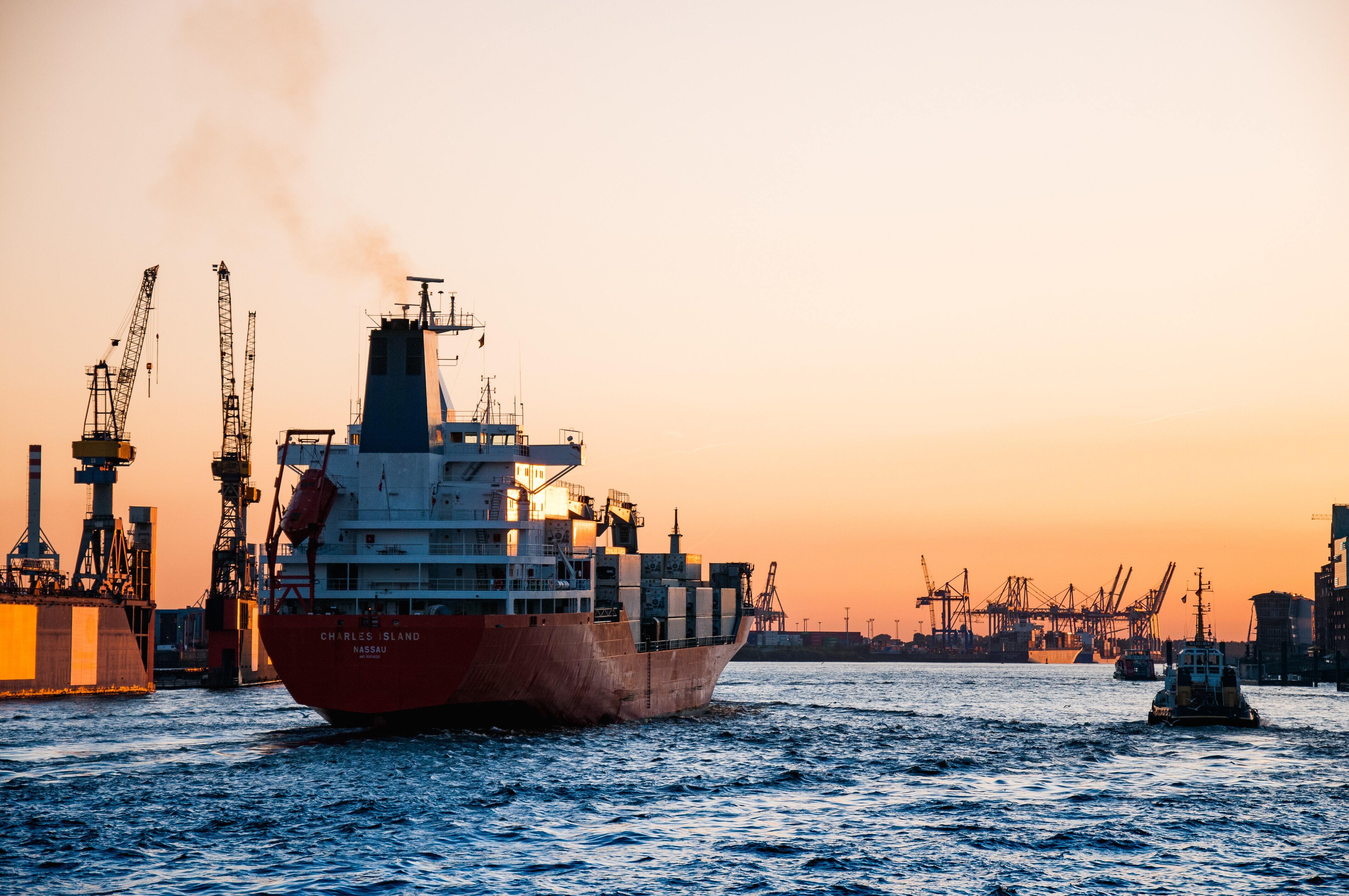Emissions from ships and barges : VOC and odour removal
About
Europe’s waterways are widely used for cargo transport. However, the loading, unloading and degassing processes of ships can release vapours containing harmful VOCs or unpleasant odours. Activated carbon is a key treatment technology that is successfully used to reduce concentrations of VOCs to below permitted levels, and keep the air smelling pleasant for people living nearby.
Emissions regulations for transport and shipping
As businesses look to reduce their CO₂ emissions from trucks, river-sea transport is increasingly being seen as a viable and sustainable alternative. New river terminals are being built, and increased use of the inland waterways network is likely.
Among the goods frequently transported by barge are petrochemicals, pressurised products, black oil or refined petroleum products, and agricultural chemicals. If they are in liquid form, they produce hydrocarbon vapours that could be harmful if released into the atmosphere.
In 2009, six European states (Germany, the Netherlands, France, Belgium, Luxembourg and Switzerland) adopted the CDNI, which governs waste generated by transport on the Rhine and other inland waterways. This convention is widely seen as a blueprint for sustainable transport on rivers and canals across Europe.


Transport emissions sources and treatments
- Sources of emissions.
Emissions are likely to be released in dock during the loading and unloading of ships’ tanks.
Vapours may also be released during the cleaning of ships and barges while in dock.
Another source is degassing: the opening of the hold to release vapours. Vessels are often degassed during their journeys but when this occurs on inland waterways, it can lead to complaints from communities nearby. The CDNI is progressively banning degassing unless the ship is in dock, where emissions can be treated.
- Pollutants
Pollutants commonly emitted include hydrocarbons such as naphtha or benzene. These can be harmful to human health and the environment, and are subject to strict emissions limits.
Many emissions contain odorous chemicals, e.g. crude oil can produce a sulphurous smell. The local environmental authorities can take action against companies which cause an odour nuisance.
- Flow rates and concentrations
For smaller barges, around 2-3 000 m³ in size, the flowrate during the loading and unloading process is typically relatively low: around 200-600 m³/h. The process usually lasts for five-six hours.
Larger ships might have flow rates of 1 500 m³/h, and the process can take up to 24 hours.
The concentration of pollutants depends on several factors, including volatility of the transported product and temperature. It ranges from several hundred milligrams to several grams of VOCs per m³, but tends to be towards the higher end of this range.
- Treatment technology: incineration
Mobile vapour combustion systems are commonly installed at docks.
They incinerate gases, destroying the contaminants but resulting in CO₂ emissions which enhance climate change. Therefore, this is not always an environmentally friendly solution in the long term.
Installation of incineration units is expensive and complex, and they require an operator on site whenever they are in use.
Incineration is best suited to treat very volatile compounds, such as ethanol or naphtha; or for situations where treatment is required 24/7, such as at busy tank terminals. In these cases, activated carbon might be unsuitable as the consumption of carbon could be too high.
- Treatment technology: activated carbon filtration
Activated carbon filtration is also widely used to treat emissions from ships and barges.
The carbon is consumed only when contaminants are present, making this a more suitable technology than incineration in situations where treatment is discontinuous or concentrations of contaminants are low.
Activated carbon is also a greener solution than incineration: it does not produce CO₂ emissions, and waste carbon can be reactivated.
While the filters are in use, no operator is required on site.
Case study: removing odours from visbroken tar
This client transports visbroken tar, a product derived from crude oil to make fuel for ships and aeroplanes.
Tankers are loaded three times a month in a process that takes 30 hours each time and releases emissions at a flow rate of 1 200 – 1 500 m³/ h. A total of 80 000 tonnes of visbroken tar are loaded each month.
The tar contains lots of large hydrocarbons. These are not considered especially harmful to human health, so are not subject to a specific emissions limit. However, people living nearby made complaints about the oily, sulphurous smell emitted during the loading process.
Therefore, in 2019, the client contracted DESOTEC to install an AIRCON HC-XL filter at the site, with a second as backup in case the first becomes saturated and odours start to break through. The filters have proven successful, and no further odour complaints have been made.
Case study: treating chlorinated solvents with activated carbon
This client loads specialty chemicals onto barges. The chemicals are chlorinated solvents, which are potentially harmful to the environment and human health. For the specific molecule in this case, they are subject to an emission limit of 1 mg/m³.
The maximum flow rate during the process is 600 m³/h, and loading takes 5-8 hours.
The company already had a scrubber and incinerator on site to treat other compounds. However, these chlorinated solvents are corrosive, and would damage this technology.
DESOTEC supplied an AIRCON 2000 filter in 2015, which has been working well ever since.
Advantages of DESOTEC’s solution
In addition to the general benefits of activated carbon mentioned above, DESOTEC full-service filtration solutions have several advantages to customers.
They are mobile, and plug-and-play. This means that capex costs are low, and there is no need for hundreds of metres of piping to connect the filters to a central installation.
All waste carbon is transported in closed filters away from clients’ sites for treatment at DESOTEC’s facilities. Contaminants are completely destroyed in DESOTEC’s furnaces, and the carbon reactivated. The entire process is monitored continuously, so only harmless water vapour exits the chimneys.
To discuss how DESOTEC solutions could work for your company, contact our team today.
How can DESOTEC help you?
To discuss how DESOTEC can help remove pollutants from your plant’s air emissions, contact the team today.
Contact our expertsHow can DESOTEC help you?
To discuss how DESOTEC can help remove pollutants from your plant’s air emissions, contact the team today.
Contact our experts-
Air & gas purification
Our sustainable filtration solutions ensure air purification, odour control, and high quality process gases such as biogas and biomethane. -
Our unique service
Our closed-loop, full-service model is as unique as your business needs. We’ll define the right filtration setup and safely recycle filtration waste, making it easy to go green. -
Your sustainability journey
We care about protecting our air, water and soil for future generations, just like you. Our filtration solutions help you meet environmental standards, reducing your carbon footprint.


